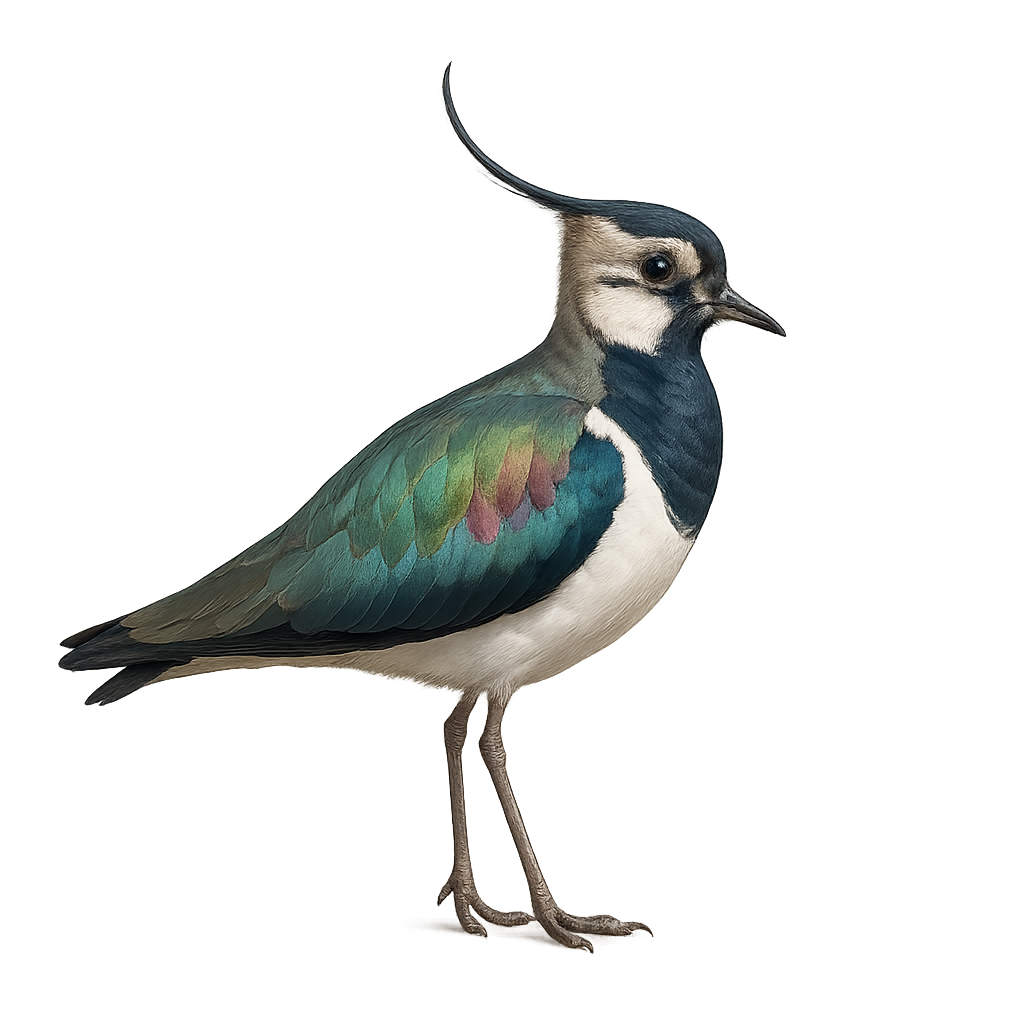Your wildlife photography guide.
Explore the northern lapwing in detail, study its behavior, prepare your shots.
Where to observe and photograph the northern lapwing in the wild
Learn where and when to spot the northern lapwing in the wild, how to identify the species based on distinctive features, and what natural environments it inhabits. The WildlifePhotographer app offers tailored photography tips that reflect the northern lapwing’s behavior, helping you capture better wildlife images. Explore the full species profile for key information including description, habitat, active periods, and approach techniques.
Northern Lapwing
Scientific name: Vanellus vanellus

IUCN Status: Least Concern
Family: SCOLOPACIDAE
Group: Birds
Sensitivity to human approach: Shy
Minimum approach distance: 30 m
Courtship display: March to May
Incubation: 24-29 jours
Hatchings: April to June
Habitat:
Wetlands and meadows
Activity period :
Primarily active during the day, with peak activity in the morning and late afternoon.
Identification and description:
The Northern Lapwing is a medium-sized bird found primarily in grasslands, fields, and wetlands across Europe, Western Asia, and the Middle East. It typically measures about 28 to 32 cm in length and weighs between 150 and 200 g. Its plumage is primarily black and white, with a distinctive crest on its head and a white belly. The Northern Lapwing is a ground-dwelling bird that primarily feeds on insects, worms, and other small invertebrates found in the soil. It is also known for its ground nesting behaviors, often in colonies. While its population remains stable in some areas, the Northern Lapwing is threatened by habitat loss due to intensive agriculture and land degradation.
Recommended lens:
300 mm – adjust based on distance, desired framing (portrait or habitat), and approach conditions.
Photography tips:
Use a telephoto lens to photograph at a distance, respecting the discreet nature of the species.
Photograph early in the morning or late in the afternoon, when the soft light enhances the distinctive plumage of the northern lapwing, especially its black crown and crest.
Look for it in open areas such as wet meadows, agricultural land, marshes, and the edges of bodies of water, where it mainly feeds on insects, worms, and seeds.
Be patient and discreet to avoid disturbing its natural behavior. Avoid sudden movements and maintain silence.
The Northern Lapwing is a protected species in some regions due to habitat loss and human disturbances. It is essential to respect its environment and minimize disruptions, especially during the breeding season, when the female typically incubates from March to May.
The WildlifePhotographer App is coming soon!
Be the first to explore the best nature spots, track rutting seasons, log your observations, and observe more wildlife.
Already 1 431 wildlife lovers subscribed worldwide

